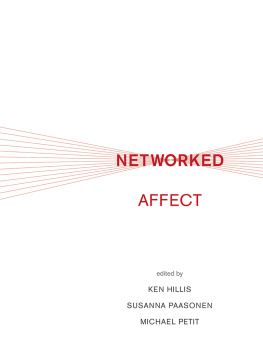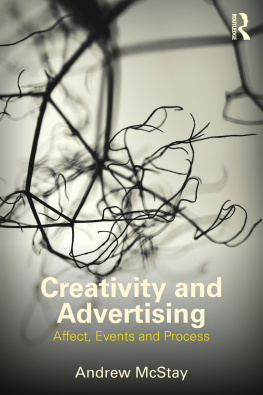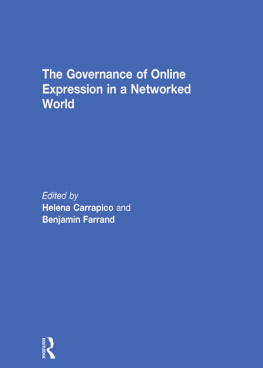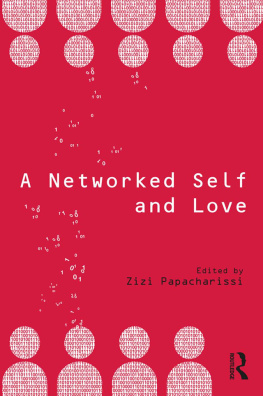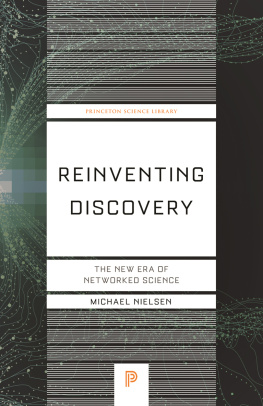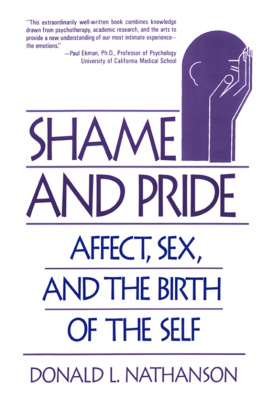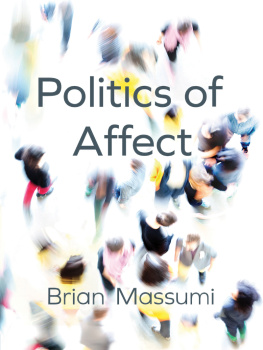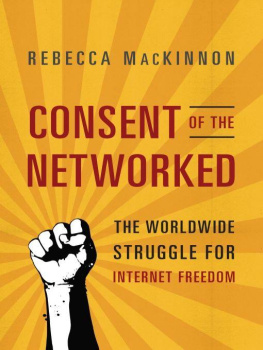Networked Affect
Networked Affect
edited by Ken Hillis, Susanna Paasonen, and Michael Petit
The MIT Press
Cambridge, Massachusetts
London, England
2015 Massachusetts Institute of Technology
All rights reserved. No part of this book may be reproduced in any form by any electronic or mechanical means (including photocopying, recording, or information storage and retrieval) without permission in writing from the publisher.
Library of Congress Cataloging-in-Publication Data
Networked affect / edited by Ken Hillis, Susanna Paasonen, and Michael Petit.
pages cm.
Includes bibliographical references and index.
ISBN 978-0-262-02864-6 (hardcover : alk. paper)
ISBN 978-0-262-32735-0 (retail e-book)
1. Affect (Psychology)Social aspects. 2. Emotions. 3. Social networks. 4. InternetSocial aspects. I. Hillis, Ken. II. Paasonen, Susanna, 1975III. Petit, Michael.
BF531.N48 2015
302.231dc23
2014025224
10 9 8 7 6 5 4 3 2 1
Acknowledgments
Networked Affect results from a series of panels held at the 2011 Association of Internet Researchers (AoIR) conference in Seattle. While many of the original panelists have contributed to this volume, we would also like to extend our sincere thanks to Feona Attwood, Mary Bryson, Radhika Gajjala, Jillana Enteen, Daj Kojima, Ben Light, Sharif Mowlabocus, Theresa Senft, and Michele White for sharing their stimulating papers with us and for fueling debates at the crossroads of affect theory and Internet research. We would also like to thank the International Institute for Popular Culture (IIPC) for its support.
Introduction: Networks of Transmission: Intensity, Sensation, Value
Susanna Paasonen, Ken Hillis, and Michael Petit
Networked communications involve the circulation of data and information, but they equally entail a panoply of affective attachments: articulations of desire, seduction, trust, and memory; sharp jolts of anger and interest; political passions; investments of time, labor, and financial capital; and the frictions and pleasures of archival practices. As Networked Affect attests, the fluctuating and altering dynamics of affect give shape to online connections and disconnections, to the proximities and distances of love, desire, and wanting between and among different bodies, to the sense of standing out from the mass. In different but complementary ways, contributors examine how the cultural practices of production, distribution, and consumption increasingly rely on the internet and its convergence with other networked media forms (and media industries), as well as how these practices are underpinned by affective investments, sensory impulses, and forms of intensity that generate and circulate within networks comprising both human and nonhuman actors. As a whole, this volume works to demonstrate the value of affect theories for internet researchers.
The Oxford English Dictionary defines the verb affect as to have an effect on something or someone. Most definitions of affect highlight the central role of intensity and agree on the presence of a quality of excess, a quality of more than. While some theorists hold to a humanist inflection alone, others conflate affect with emotion or argue for the practical inseparability of the two, and yet others emphasize the meaning of being affected in a visceral manner as in, for example, theorizing an individuals precognitive gut reaction to someone or something as more than can fit into any fixed definition of emotion. As is the case with many contributors to this volume, authors have argued for affects human and nonhuman sources, settings, and inclinations alike (e.g., Massumi 2002; Bennett 2010). These discussions of affect are often less focused on feeling and sensation as such than they are on how bodies or objects may produce or experience intensity as they pass from one state to anotherwhether this passage be one that produces horror at the physical reality of intense burns from radioactive fission, or whether the passage of a different kind of body, such as an online avatar, induces an affective jolt, or even an uncanny sense of awe, when signs once believed to be dead letters in books now stand up and point back to us in lively fashion from the networked settings they have also come to occupy on the internet (Hillis, this volume).
Our frequent if not near-constant prosthetic connections to information, communication, and media technologies underscore the importance of exploring the affective underpinnings of human-machine relations and the complex forms of agency that arise from these. A social networking site such as Facebook, for example, invites and facilitates the creation and maintenance of social connections with friends, consisting of family, acquaintances, and strangers who are geographically dispersed. Facebooks circulations of links, images, invitations, videos, and pieces of text are driven by individuals interest in and quest for affective encounters with others, and for waves of amusement and curiosity. More than an instrument or tool for social exchange, however, Facebook configures these interactions and encounters. An individuals wall is not based solely on her or his choice but is a continually self-updating news feed cogenerated by friends, corporate sponsors, site architecture and design, and the organization of data as modulated by the algorithms used. Intent, agency, and affect thereby become to some extent contingent outcomes of the network itself rather than of human agency alone.
In their enquiry into the ways that mediation constitutes the intermeshing of the human and the nonhuman, Sarah Kember and Joanna Zylinska point out, It is not simply the case that wethat is, autonomously existing humanslive in a complex technological environment that we can manage, control, and use. Rather, we arephysically and ontologicallypart of the technological environment, and it makes no more sense to talk of us using it, than it does of it using us (Kember and Zylinska 2012, 13). Humans do not simply manipulate or control machines, data, and networks any more than machines, data, and networks simply manipulate or control us. As the chapters that follow illustrate, complex networks of people and machines and assemblages of interaction and cohabitation are where data are automatically generated, where software and intelligent agents generate effects and potentialities, and where affective and immaterial forms of labor provide pleasure and gratification for individual users along with monetary value for the site involved.
At the moment when information machines are becoming so powerful and seemingly lively that we know we are no longer fully in control, theorizations of affect offer ways to understand and explain the implications of the particular technological conjuncture at which the networked society now finds itself. What are the theoretical and political implications, we would ask, when intelligent agents deployed by Amazon and Netflix offer recommendations on what to buy, watch, and read? When our Siri-enabled car tells jokes based on an algorithmic analysis of our likes to help pass the time on a long drive? When Google Calendar interrupts email or a FunnyorDie.com video to warn us that a scheduled meeting is but five minutes away? Or when metaphysically inflected Getting Things Done time and productivity management applications further technicize our day in the name of efficiency (Gregg, this volume)?
Our encounters with websites, avatars, videos, mobile apps, discussion forums, GIFs, webcams, intelligent agents, and platforms of different kinds allow us to experience sensations of connectivity, interest, desire, and attachment. Even so, they equally allow us to experience detachment and boredom (Petit, this volume) and articulate issues of difference in heated and hierarchical terms, as in instances of hate speech and flaming that follow the dividing lines of ethnic difference or sexual orientation (Kuntsman 2009; Paasonen, this volume). Networked affect, however, also can be a mediating and mobilizing force that has the capacity to stir social action (Tzankova, this volume) and thus to constitute a potential channel for political agency. Such encounters, connections, and disconnections operate as human and nonhuman networks of influence and interrelation that affect the life of the individual (now too frequently reduced to the user) on the micro level of quotidian operations and tasks, as well as in the rhythms of communication, thought, entertainment, and information management.
Next page
